Amorpha paniculata in the wild!
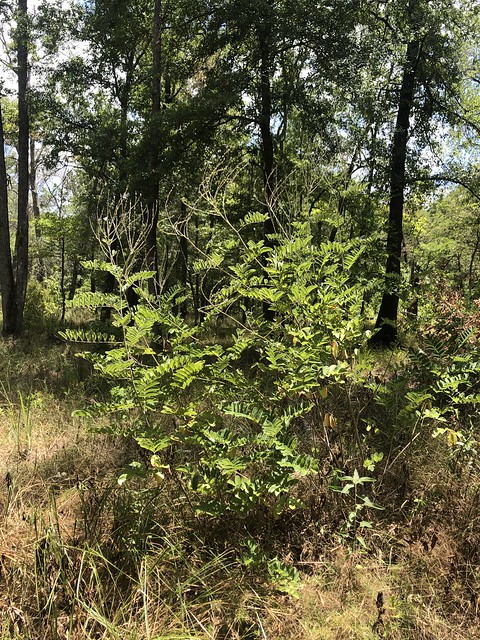
Two weekends ago when we went to visit Gus Engeling WMA we had finished our jaunt into the bog area and had turned up the A/C and decided to just drive around the rest of the WMA and jump out if we saw something interesting. It gave me a lot of Florida vibes and driving through WMAs there and oh, how I miss how much public land Florida had (has). Chris inched by some plants and out of the corner of my eye I spotted something and I exclaimed, “Amorpha!” I stumbled over the words for a moment because I had dumbly mistaken another plant for an Amorpha back in the spring at Mission Tejas State Park. That turned out to be a black locust and Chris laughed at me for making that mistake and I didn’t want to make dumb mistake again, so the words were cautiously tumbling out of my mouth.
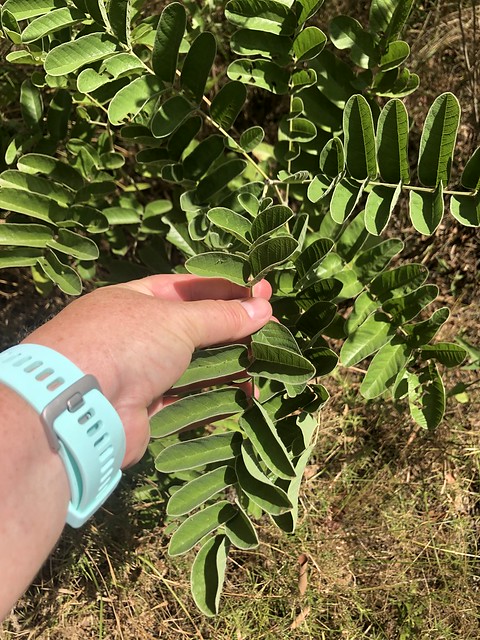
Chris slowed the car and I was about to get out when he said to wait and he backed up to the plant. On second glance it was definitely an Amorpha and it was exactly what I thought it was, Amorpha paniculata!

In our yard at home we have one of these growing from a plant Chris rescued from a project in the field about a decade ago. The plant has done well and produces seeds every year and we love it! Most gardeners and plant enthusiasts in Texas are probably familiar with the much more common false indigo bush, Amorpha fruticosa, of which we also have a specimen growing in the garden. It’s more wide-spread and easily identifiable if you know what you are looking at.

But in the wild, I had never come across an Amorpha paniculata. Chris only recently saw a second one in the wild last year during another field project. The are very rare in their home range of eastern Texas, Arkansas, Louisiana, and Oklahoma. Needless to say, I was delighted to have come across a plant in the wild! Nature Serve has them listed as Vulnerable in Texas and Critically Imperiled in the other states.
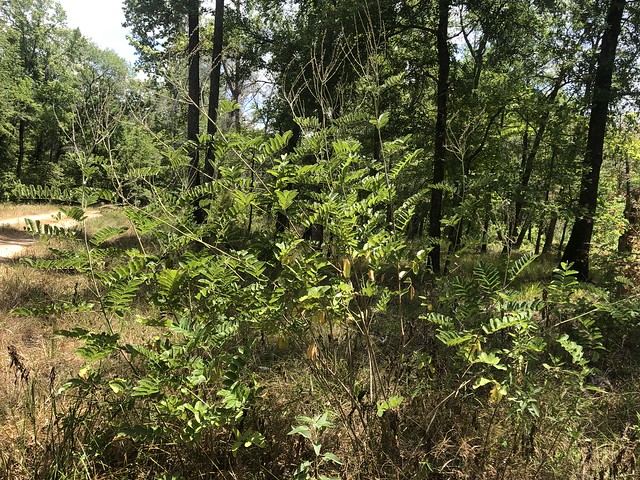
Later on down a different road, I saw two more plants on each side of the road. A little smaller, but thriving! When it’s cooler I’d love to explore more of that property and see how many other specimens we can find of that plant. My next Amorpha that I want to find in the wild is laevigata, which is very rare in Texas. I have a pinpoint on a vouchered location in the Houston area that I want to check out someday, I just need to find the time to get there and search for it. We have seeds from A. laevigata a botanist friend gave us a decade+ ago from an Oklahoma site, and I have grown out several plants over the years and currently have two that I need to plant somewhere. I’ve given away a few of the other plants I had and I know of at least one that has already bloomed. I need to see if I still have seeds and go ahead and start those as I don’t know how much longer they will be viable.
Three cheers for surprising botanical finds!


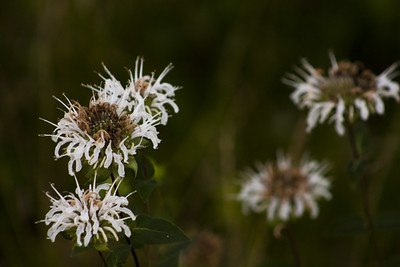
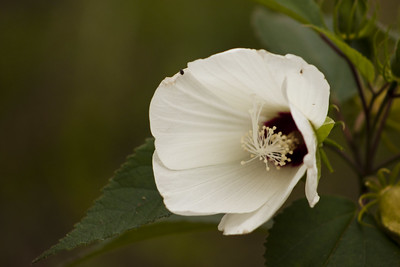
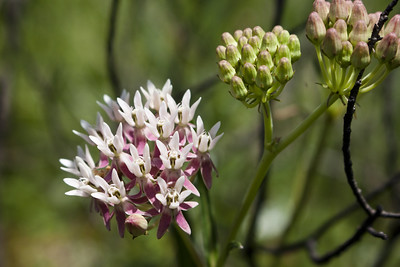
One Comment
Snnia hill
I was not aware that. A. paniculata was considered rare. Did I show it to you at Arc Ridge? I have not checked your iNat posts. It is not blooming. We found several plants on the way up the sandhil before we reached the orchids. https://www.flickr.com/photos/carthamus/53708391946/in/photolist-Hb5WW8-J8bX7h-Jau7rn-Jh5iLr-2njCe2w-2pQ2xKG-g6hSZM/
Sonnia